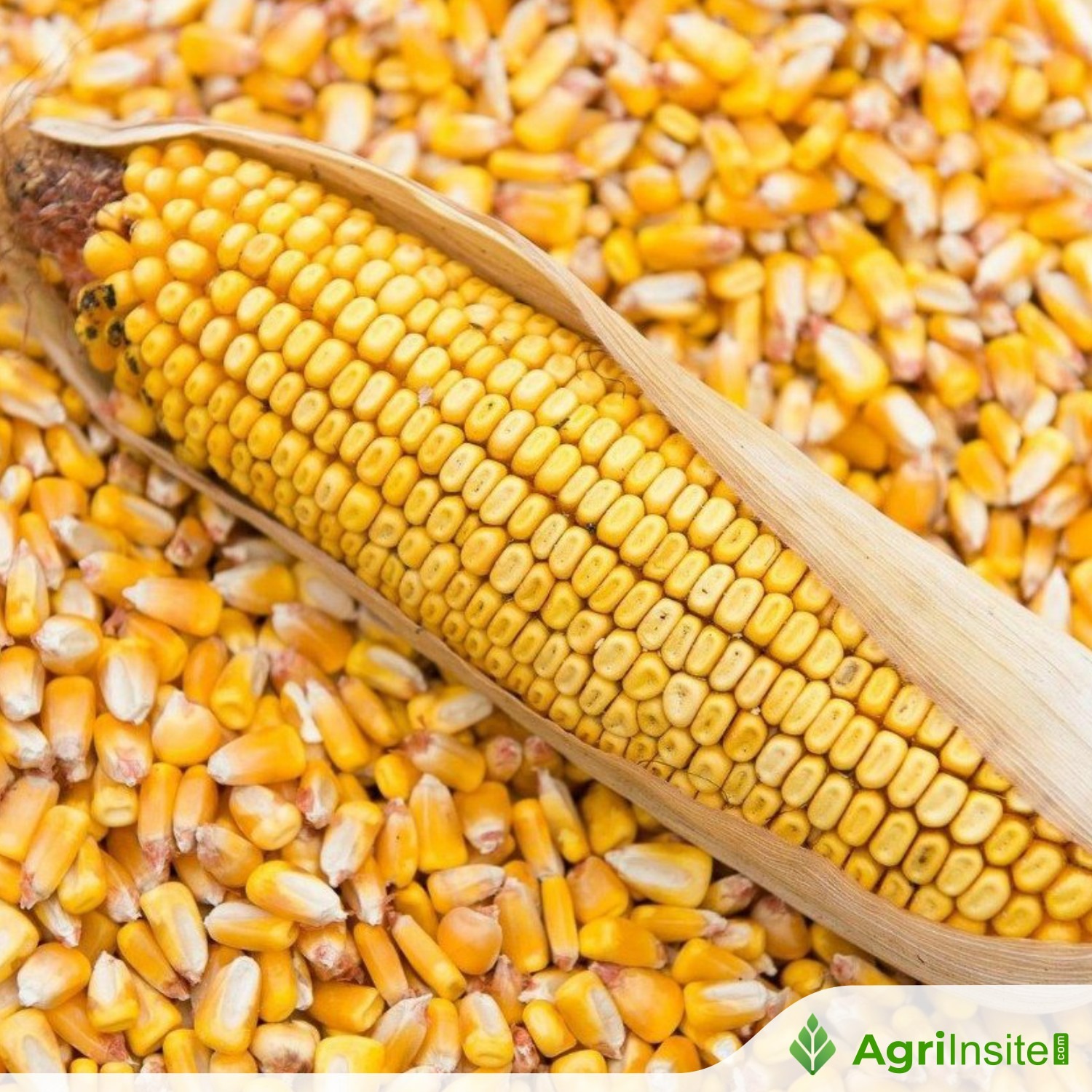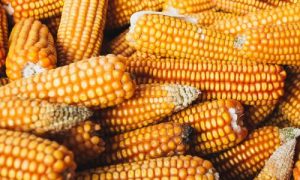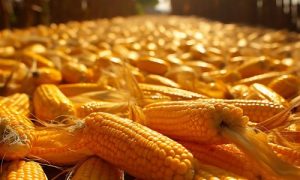Turkey’s poultry sector growth poised to boost corn imports in MY 2025-26

Turkey’s corn imports surged 45% in MY 2024-25, mainly from Ukraine, due to lower domestic output and rising poultry feed demand. Import quotas helped stabilize prices amid low carryover stocks. With hot weather cutting 2025 yields, Turkey may import 2.5–3.5 million mt in MY 2025-26, prioritizing quality and price.
Turkey began harvesting its new corn crop in August, which is expected to arrive in the market by September, marking the start of a new marketing year for the country’s corn production.
In MY 2024-25 (September-August), Turkey imported a significant volume of corn from the Black Sea region, driven by favorable government policies and the growth of the poultry sector.
Turkey’s trade flow in MY 2024-25
Turkey’s corn imports jumped 45% year over year in MY 2024-25, with Ukraine being the primary supplier, according to US Department of Agriculture data. Romania, Russia, Serbia, and Moldova were other major suppliers, according to S&P Global Commodity Insights analysts.
Data from the Ukraine Grain Association indicated that as of July, Turkey was the leading destination for Ukrainian corn, with an import volume of around 5.5 million mt. Traders believe some of these imports might have been sent to Iran.
“Since Russia did not issue an export quota for corn, attention naturally shifted toward Ukrainian corn as the main alternative,” a market source from Turkey said.
The decline in domestic production and the heightened demand for feed from the poultry sector contributed to the import surge. Market sources noted that Turkey’s corn production fell significantly short of initial projections in the past year.
“Turkey’s reliance on imported corn has intensified, reshaping procurement strategies within the feed, starch, and food processing sectors,” said Güneş Birgen, a commodity broker in Rotel.
Import quotas for corn
During MY 2024-25, four import quotas for corn were introduced at varying tariff levels in the Turkish market. Market participants saw the quotas as an urgent need to replenish domestic supplies due to low carryover stocks.
“The government responded with a timely decision to open import quotas,” another broker from Turkey said. A second market participant added, “To stabilize the sudden surge in domestic market prices, the government introduced a series of import quotas, including a recent surprise quota of 500,000 mt.”
The same broker anticipated that a new quota, possibly around 2 million mt, would be introduced after the new year and remain in effect through the end of the season.
These import quotas favored importers, especially as the normal import tariff for corn stood at 130%. However, importers noted that import documentation costs have also risen significantly this year. An importer from Turkey explained, “Having the import document and the price at which it was purchased is crucial. Currently, this document costs $25. The price fluctuates based on the corn market in Turkey. We bought this document for between $3.50 and $27 over the past two years.”
The introduction of import quotas also reflects heightened demand for Ukrainian corn, driving up Ukrainian corn prices.
Corn import prospects for MY 2025-26
The poultry sector’s growth is expected to further drive corn imports in MY 2025-26. Market sources indicate that Turkey’s poultry sector has shown steady growth throughout 2025, with chicken meat production forecast to reach an all-time high, reflecting an 8% year-over-year increase due to robust domestic demand.
“Corn demand is likely to rise slightly, supported by ongoing growth in the poultry sector,” a market participant from Istanbul noted.
Domestic production this year is expected to be at par with the last season and the amount of carryover stocks is also favorable. As a result, Turkey may import a similar or higher volume of corn than in the current year.
“Turkey’s corn consumption is around 9-9.5 million mt. Given the planting expectations, 8-8.5 million mt were anticipated this season; however, hot and dry weather has reduced this estimate to around 7-7.5 million mt. Consequently, Turkey may import approximately 2.5 million mt from Black Sea countries, depending on price and quality,” a trader from the region said.
Moreover, the origin of the imported corn will largely depend on price and quality. Traders indicated that accepting Ukrainian corn over Russian corn will significantly hinge on whether Russia imposes export quotas on corn. Russian corn is critical in meeting Turkey’s food-grade corn requirements, while Ukrainian corn is primarily feed grade.
The same Turkish broker said, “If Russia allows unrestricted corn exports, we could see imports split between Ukraine and Russia. Otherwise, Ukraine will likely remain the primary supplier.”
Meanwhile, a Turkish feed mill buyer said, “I would choose Russian origin [corn] for quality.”
Koray Tuysuzoğlu, CEO of Erser Group, said, “Corn consumption in feed is slightly increasing; feed producers will prefer corn over barley due to the barley deficit and local prices.”
Traders anticipate Turkey’s imports to be between 2.5 million mt and 3.5 million mt in MY 2025-26.
To Read more about Maize News continue reading Agriinsite.com
Source : Ukr Agro Consult















